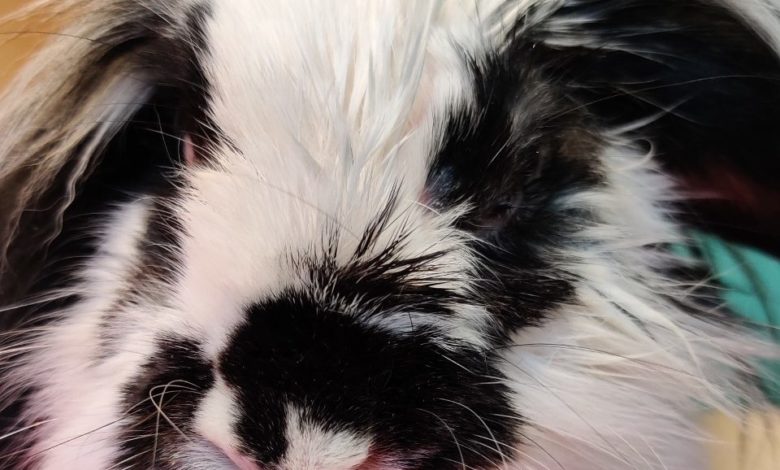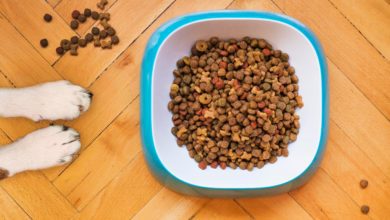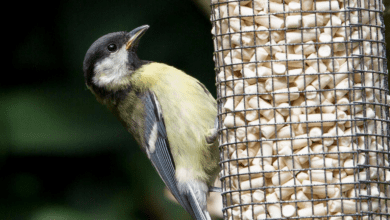Tackling Rabbit Ear Disease
By Dr Nadene Stapleton from the Royal Veterinary College’s Exotics and Small Mammals Service

Ear disease is one of the most common problems encountered in rabbits yet remains seriously underdiagnosed – particularly in lop-eared breeds, which are especially vulnerable.







